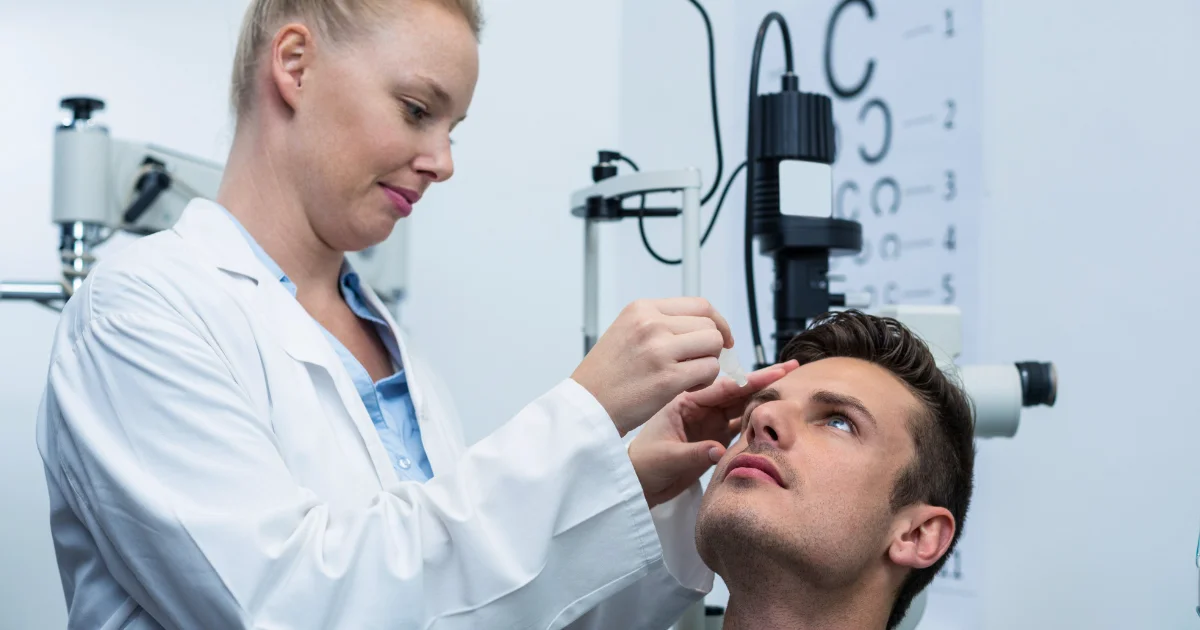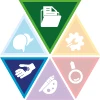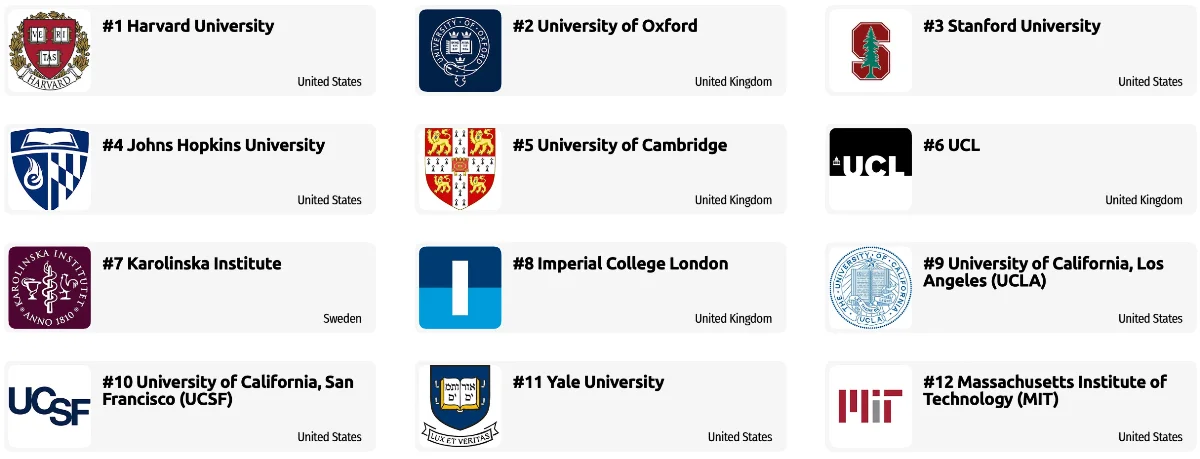Inspector
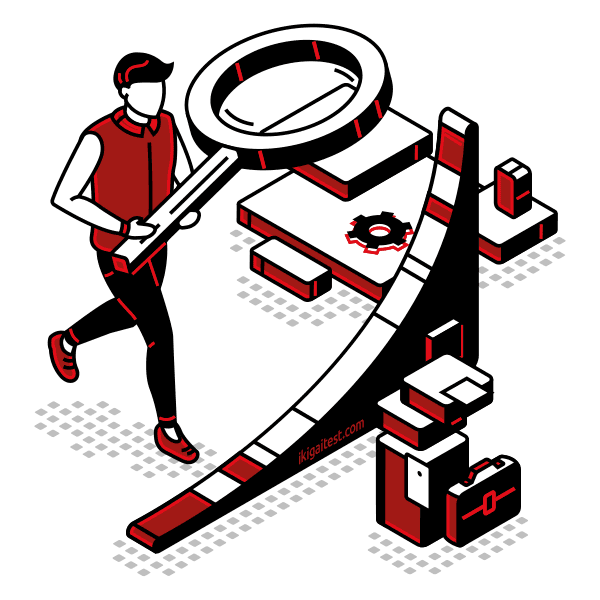
Inspectors should be great at:
- Estimating sizes, distances, and quantities; or determining time, costs, resources, or materials needed to perform a work activity.
- Observing, receiving, and otherwise obtaining information from all relevant sources.
- Identifying information by categorizing, estimating, recognizing differences or similarities, and detecting changes in circumstances or events.
- Inspecting equipment, structures, or materials to identify the cause of errors or other problems or defects.
Technician
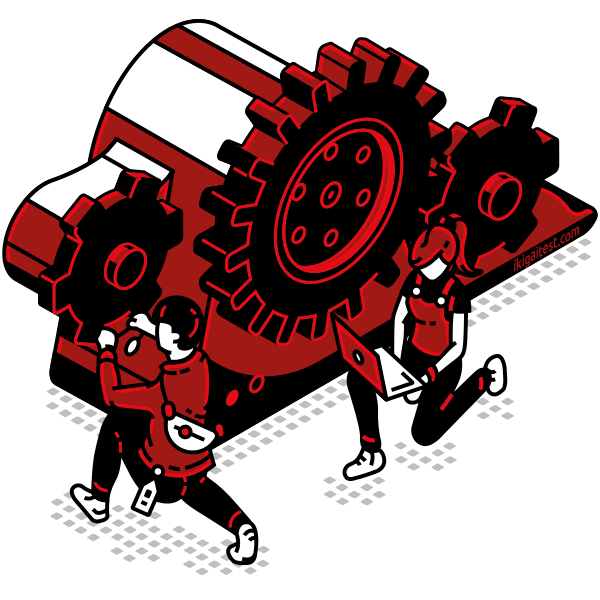
Technicians will often be asked these tasks:
- Providing documentation, detailed instructions, drawings, or specifications to tell others about how devices, parts, equipment, or structures are to be fabricated, constructed, assembled, modified, maintained, or used.
- Using computers and computer systems (including hardware and software) to program, write software, set up functions, enter data, or process information.
- Servicing, repairing, calibrating, regulating, fine-tuning, or testing machines, devices, and equipment that operate primarily on the basis of electrical or electronic (not mechanical) principles.
Other work activities related to Ophthalmic medical technicians
- Administering topical ophthalmic or oral medications.
- Assessing refractive conditions of eyes, using retinoscopes.
- Assisting patients in inserting or removing contact-lenses.
- Cleaning or sterilizing ophthalmic or surgical instruments.
- Conducting ocular motility tests for measuring function of eye muscles.
- Conducting visual field tests for measuring field of vision.
- Instructing patients in the caring and using of contact-lenses.
- Maintaining ophthalmic instruments or equipment.
- Measuring and recording lens power, using lensometers.
- Measuring visual acuity, including near, distance, pinhole, or dynamic visual acuity, using appropriate tests.
- Operating ophthalmic equipment, such as autorefractors, phoropters, tomographs, or retinoscopes.
- Taking anatomical or functional ocular measurements of the eye or surrounding tissue, such as axial length measurements.
- Taking and documenting patients’ medical histories.
- Adjusting or making minor repairs to spectacles or eyeglasses.
- Assisting patients for selecting eyewear.
